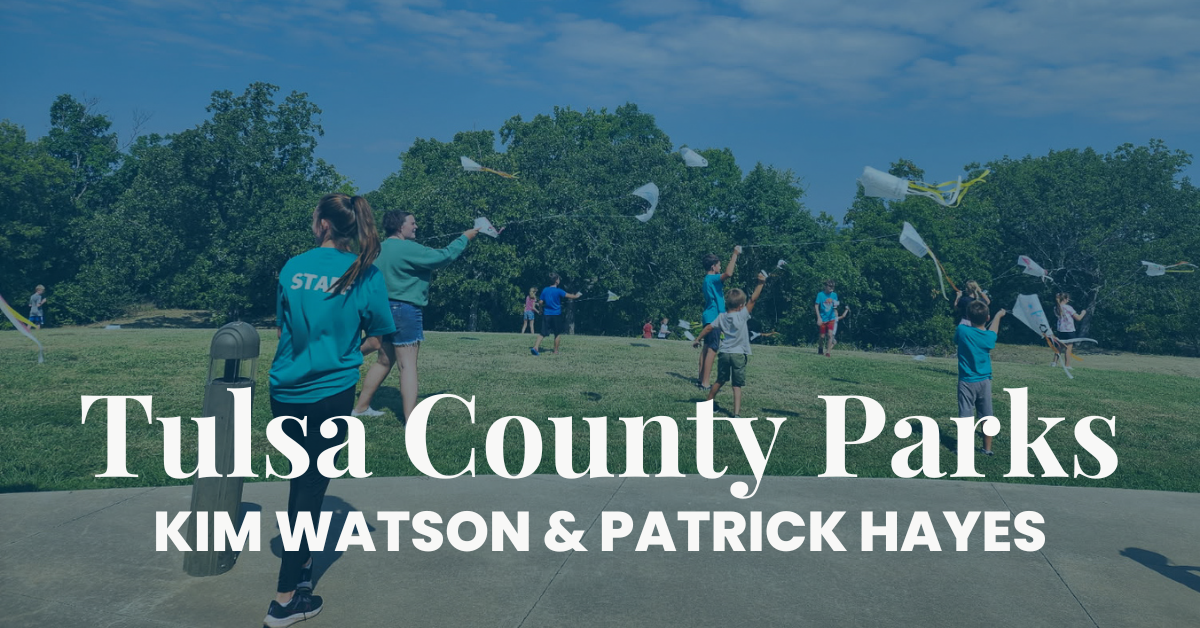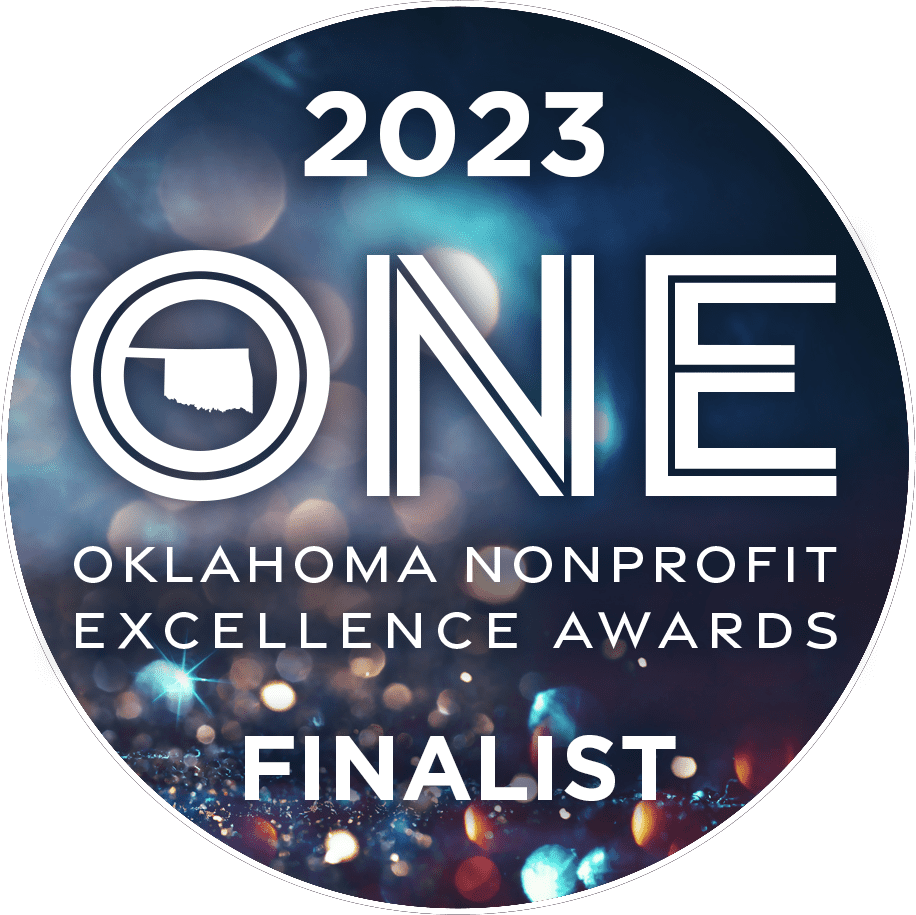This interview comes from our 2024 Impact Report.
JW: What impact have you seen the STEM in a Bag kiosks and STEM activities have on families and youth in the parks?
PH: Homeschool students use them regularly, and teachers from nearby communities pick up kits for their students. Families who discover the STEM bins often return monthly to explore the variety of kits available. Over the past year, we’ve distributed approximately 7,200 kits through this program.
JW: How does STEM education align with your vision for community recreation and engagement?
KW: Tulsa County Parks (TCP) is dedicated to youth and community development. Our vision includes raising standards in youth development, healthy living, diversity, and meeting community needs. STEM education, alongside conservation education, plays a critical role in shaping programs that align with these goals.
JW: What excites you most about the partnership between Tulsa County Parks and Tulsa Regional STEM Alliance?
KW: Partnering with TRSA is an honor! The STEM in a Bag Kiosks pilot program was a joint effort between TRSA and TCP, and we also collaborate on events like the Kite Festival, Earth Day, and funding for the Samuel Washington Woodhouse Nature Center at Chandler Park. TRSA is a vital resource, leading STEM education efforts regionally and statewide.
JW: What unique opportunities or challenges come with incorporating STEM into recreation programs like those at Chandler Park?
KW: Chandler Park and all TCP parks have unique opportunities to integrate STEM with natural resource and conservation education programs. The STEM kits allow families to continue their scientific exploration at home. We haven’t encountered significant challenges—everyone, from children to adults, has been excited to try the kits, finding enrichment and fun in the learning process.
JW: In what ways do you see programs like STEM in a Bag fostering stronger connections within the community?
KW: Education should have no barriers—social or economic. TCP programming serves learners of all ages, abilities, and backgrounds. Programs like STEM in a Bag bring people from diverse backgrounds together, breaking down barriers and fostering stronger community connections.
JW: Are there plans or dreams for expanding STEM programming in Tulsa County Parks?
KW: Absolutely! STEM education is a key component of our future conservation programs and events. Plans include developing gardens, conservation management projects, Earth Day celebrations, and an outdoor interpretive area. STEM will remain integral to these initiatives.
JW: How has working with Tulsa Regional STEM Alliance influenced your approach to programming?
PH: TRSA has inspired us to be more intentional in managing processes, evaluating programs, refining educational content, and delivering impactful programming. Their high standards challenge us to meet community needs through their support and partnership.
JW: How do you think exposure to STEM activities in a recreational setting can spark long-term interest in science and learning among youth?
PH: Our goal is to connect parks with recreation, conservation, and STEM programming to foster a lifelong love of science, stewardship, and action. These programs support youth development and citizen science, encouraging long-term engagement in STEM and conservation for a better future.




